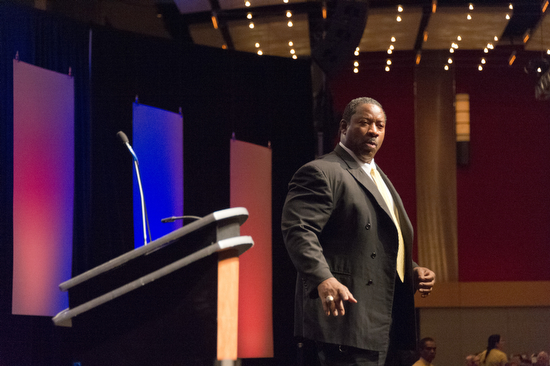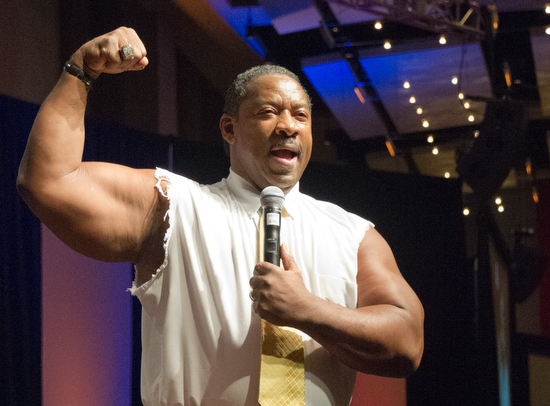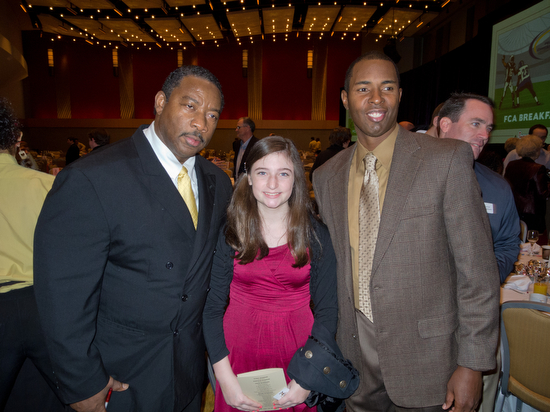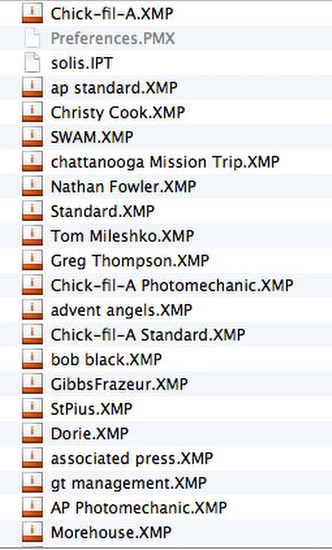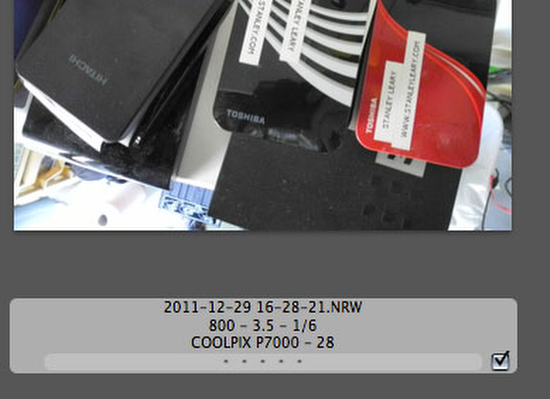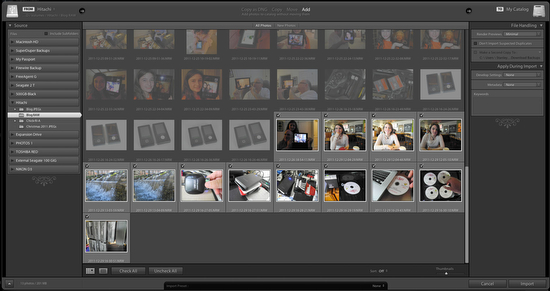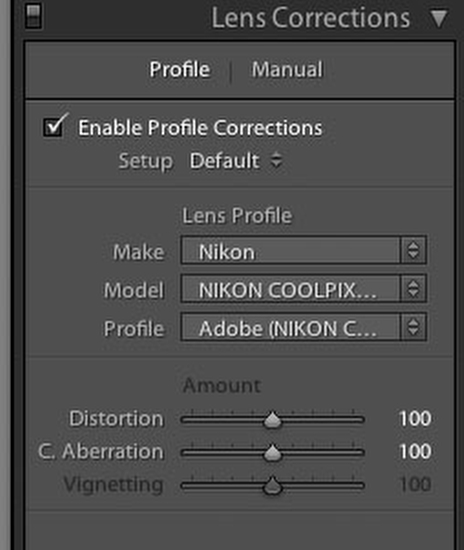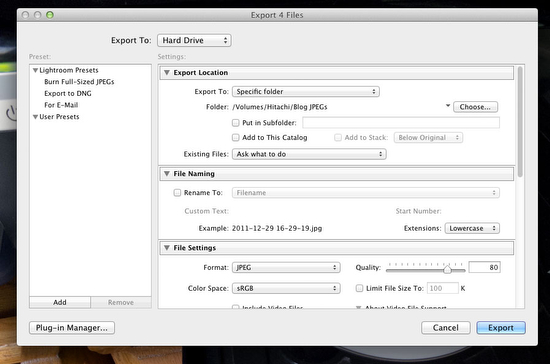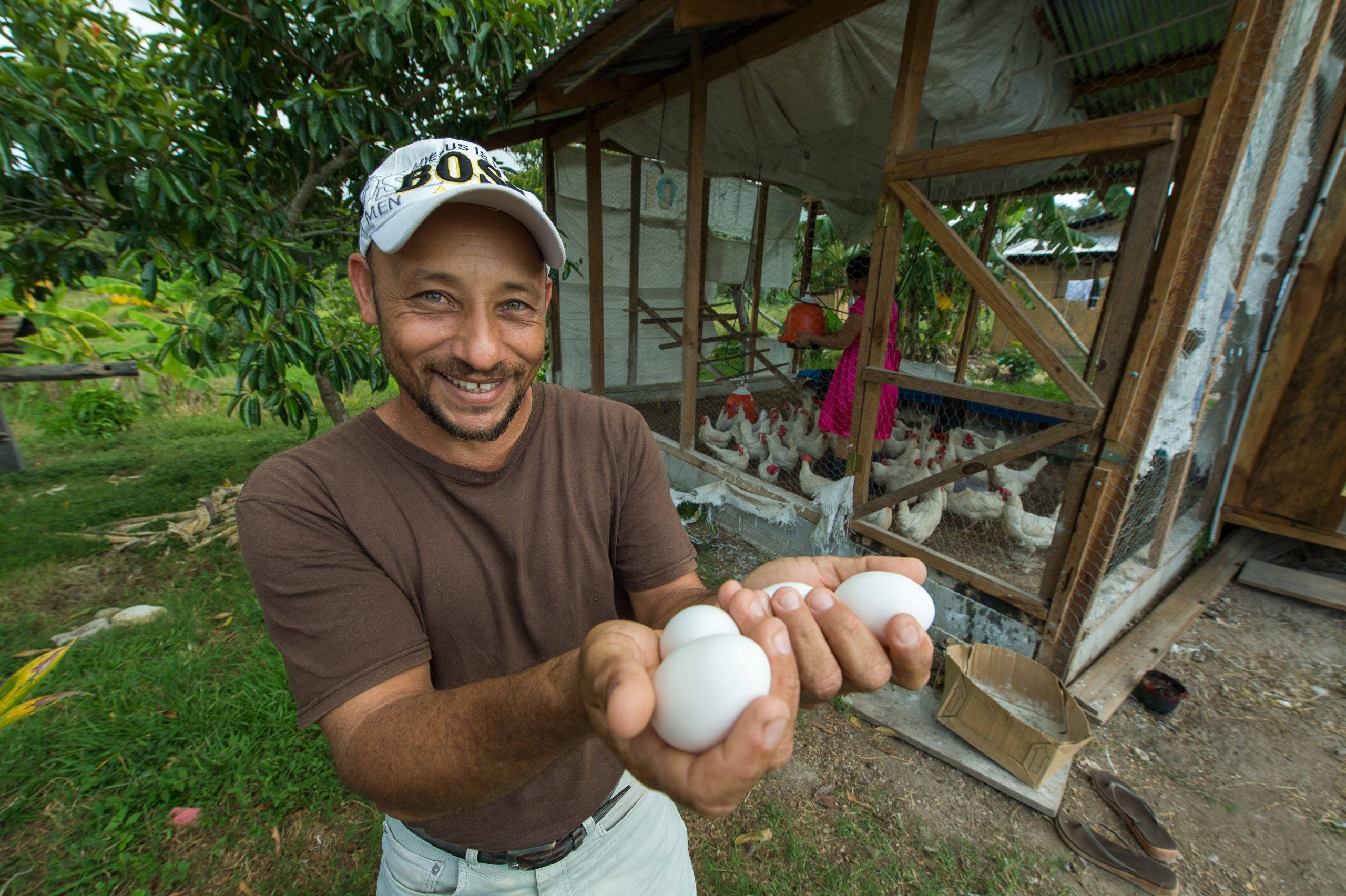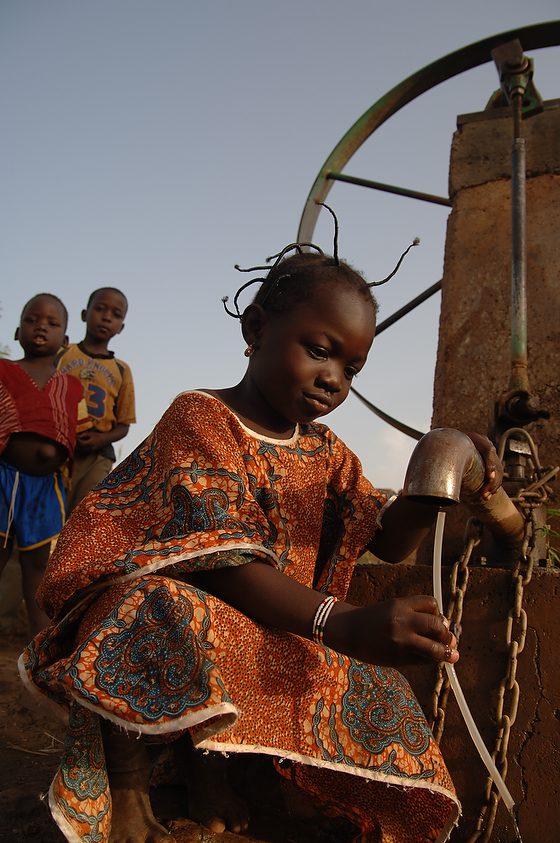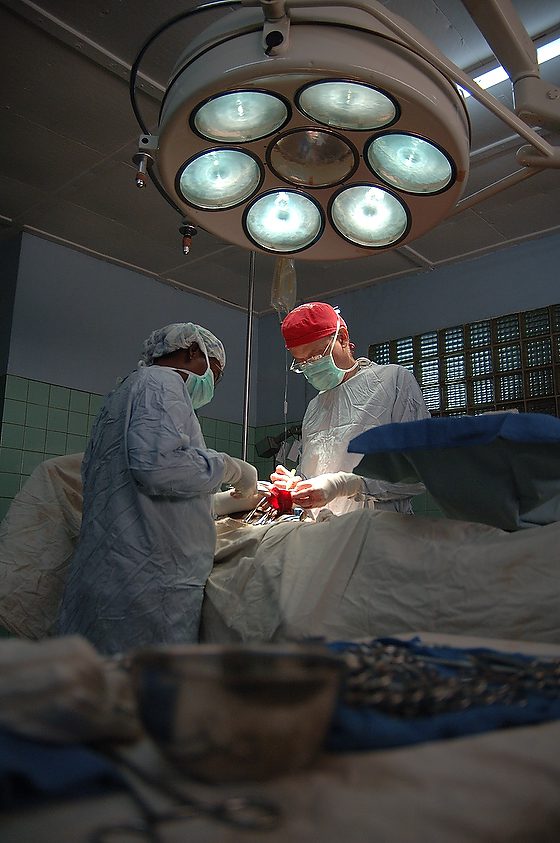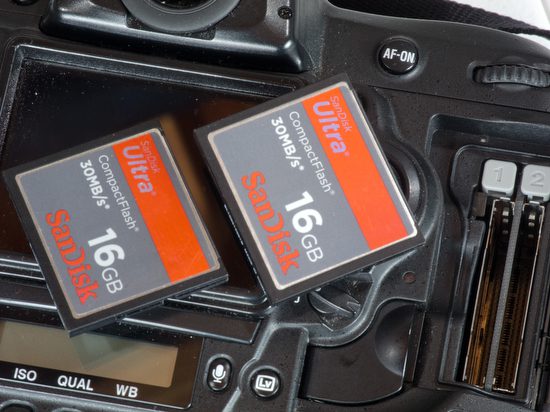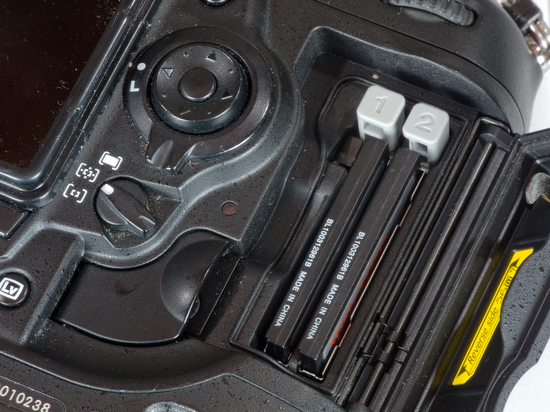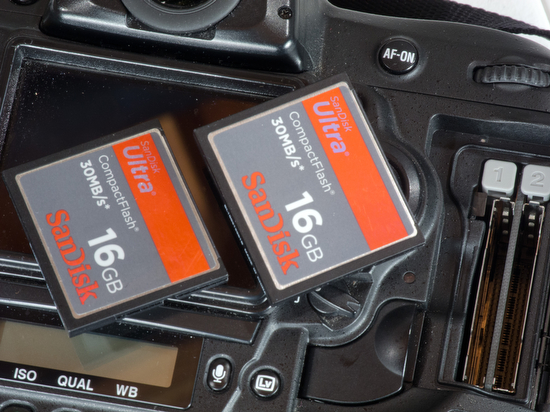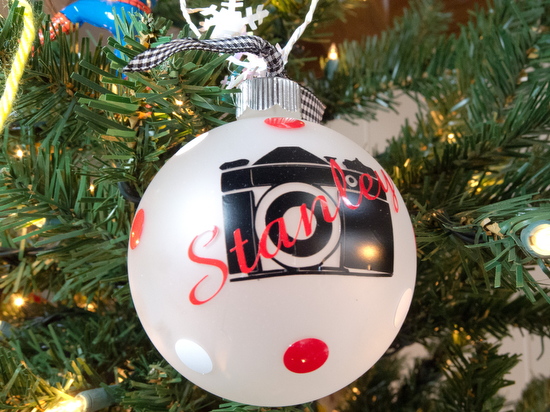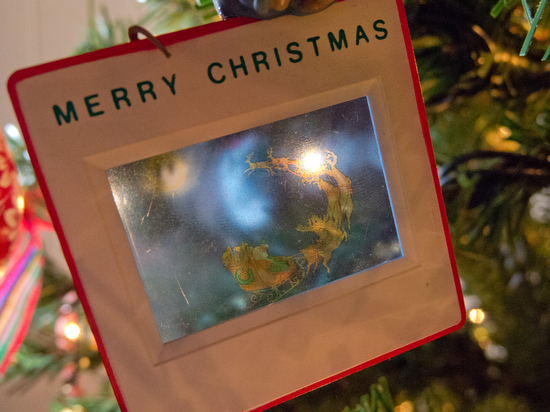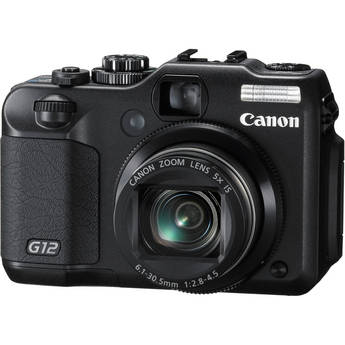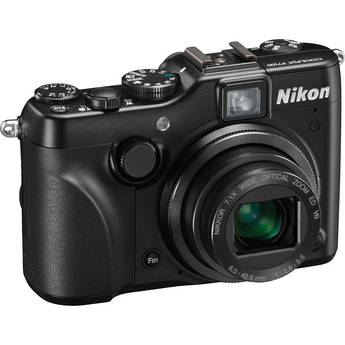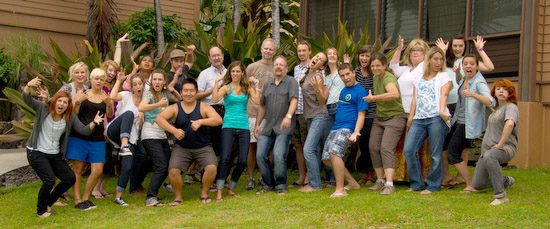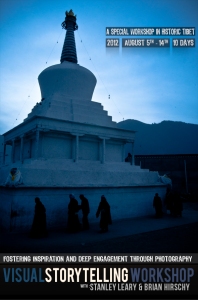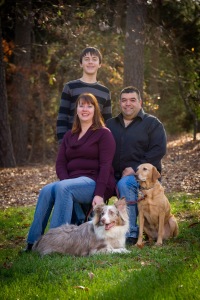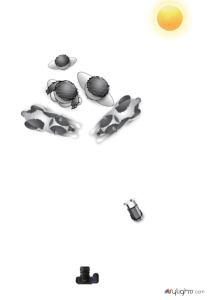If you don’t know the purpose of an event for an organization, then your photos will not communicate what took place effectively. Why are they putting on the event and what do they hope to accomplish is what you should be asking yourself if not the client.
This is an event I covered this week and let me walk you through what they did and the purpose of the event.
Putting on a breakfast during the middle of the Chick-fil-A Bowl week is a daunting task. Each year the organizers work to create an event that will make each of the teams and the schools involved want to come, because it isn’t a required event.
There is an art to event planning and those who put this event together each year plan throughout the year trying to find the right keynote speakers and other parts of the program so that the variety of the parts creates an overall enjoyable and memorable event.
We have seen the entertainers through the years that dress up to draw more attention. Elton John had those wild glasses, KISS the rock band painted their faces and wore platform boots, David Bowie even wore makeup to get our attention.
All of those musicians also made it on the Radio long before MTV came about and emphasized even more the importance of the visual part of the performance to sell records. Later the ability to put together a total package of the audio and visual is so important that singers like Justin Bieber would launch their careers on YouTube.
RV knew that the room was filled with Auburn and Virginia football teams. They are all expected to eat healthy, lift weights and to get into the best possible physical shape to play the game. RV wanted to establish he too had not only been down their road, but continued to take care of himself. He didn’t say it but this helped him to overcome how some people right someone off as a “has been.”
RV mixed humor with some life lessons that had the people laughing and crying by the end of his message.
I knew later after the event how well RV had done when my daughter is talking about the scripture references that he and Charlie Ward used in their talks.
Charlie Ward is a quite person who commands attention more from his actions than from his talk. To mix up the program they had Ernie Johnson from Turner Sports interview Charlie and together they helped tell Charlie’s story and how God plays a role in his life.
 |
| Dorie Griggs, Chelle, Regina and Mike London enjoying catching up. (Nikon D3, ISO 6400, f/2.8, 1/60, 14-24mm) |
We were excited about this year’s teams. University of Virginia’s head football coach is a close friend of my wife Dorie. When they were at University of Richmond together they met each other through FCA.
 |
| Dorie Griggs, Mike London and Jimmy Lyles when they were students at University of Richmond |
Having Chick-fil-A sponsor the breakfast really helps the FCA. What is a nice surprise each year is that Truett Cathy makes it a point to be there for the event.
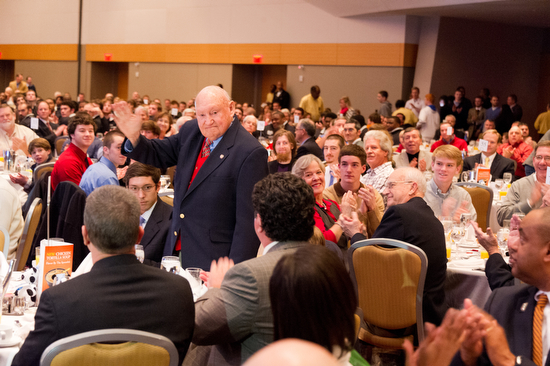 |
| Truett Cathy stands up when they said he was here. Everyone applauded for him as well. I think people like Truett as much as they like his food. (Nikon D3S, ISO 12800, f/5.6, 1/40, 28-300mm) |
 |
| Don Perry and Truett Cathy (Nikon D3S, ISO 12800, f/5.6, 1/30, 28-300mm) |
Ernie Johnson Jr. always closes the event with the presentation of the Gospel. This year was a very touching time for him. He lost his father who was his best friend. Later he almost lost his son. He spent most of October in the hospital with his son who has muscle dystrophy and was suffering with pneumonia. He received a phone call while on the road working with the doctor asking permission to put a tube down Michael’s throat. A matter of life or death.
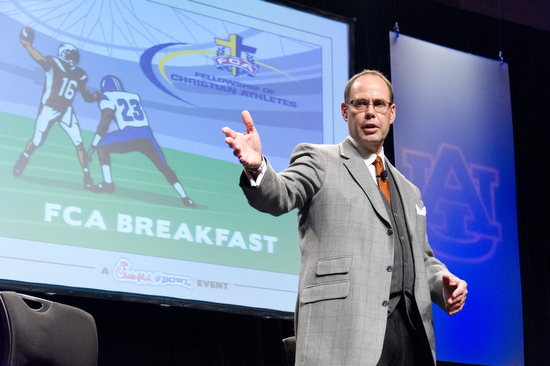 |
| Master of Ceremonies Ernie Johnson, Jr. closes the breakfast with presentation of the Gospel. (Nikon D3S, ISO 12800, f/5.6, 1/640, 28-300mm) |
Johnson became a Christian late in life. He remembers the date of December 10, 1997. He says this is the date where he found a direction in his life. A year later his wife had a gift for him of a compass. It is to remind him of his decision to become a follower of Jesus Christ.
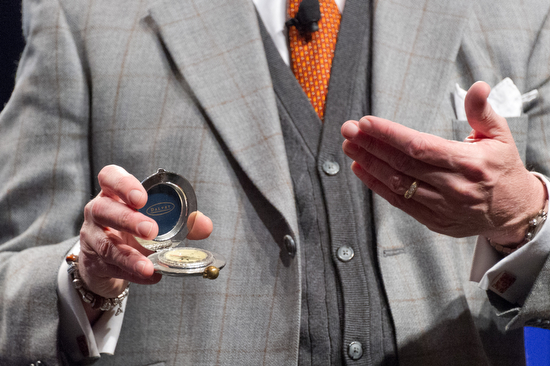 |
| Ernie Johnson Jr. shares how the decision to follow Christ was very much like having a compass for his life. (Nikon D3S, ISO 12800, f/5.6, 1/400, 28-300mm) |
If you have read this far and seen all the photos I hope you understand that the reason I put this here in my blog was two fold. First of all the most important thing in my life is my faith in Jesus. Second I believe to be able to tell stories and capture those moments that show how much people with a faith in Christ are purpose driven you have to have walked with Jesus in your own life.
No matter the story you must be totally immersed within the story to engage the audience.
I will tell you the number one secret I have discovered in photographing people. My faith is in a God who loved us so much that he died for each one of us. He also taught us how to live. What I have learned through my walking with Jesus is that everyone is important.
If he was willing to die for all of us then each of us is worth getting to know. I spend my time listening and getting to know people and what I have discovered is for the most part I am truly blessed by each person I meet.
I hope my photos not only introduce you to the people I meet and their stories. I believe I honor God by treating everyone with honor, dignity and respect.
Photos used by permission of Chick-fil-A


